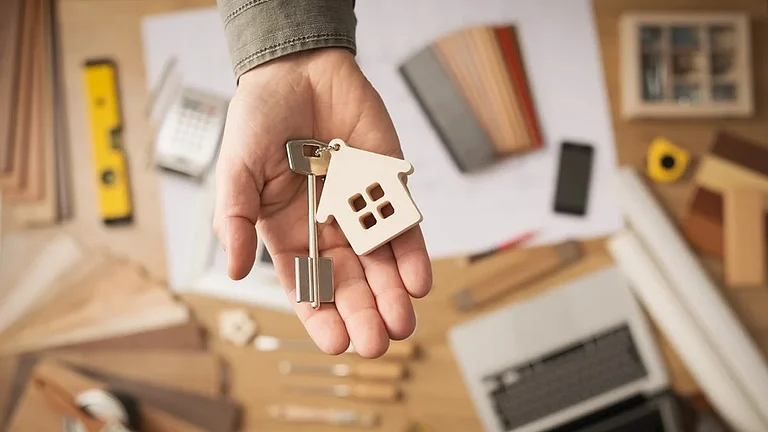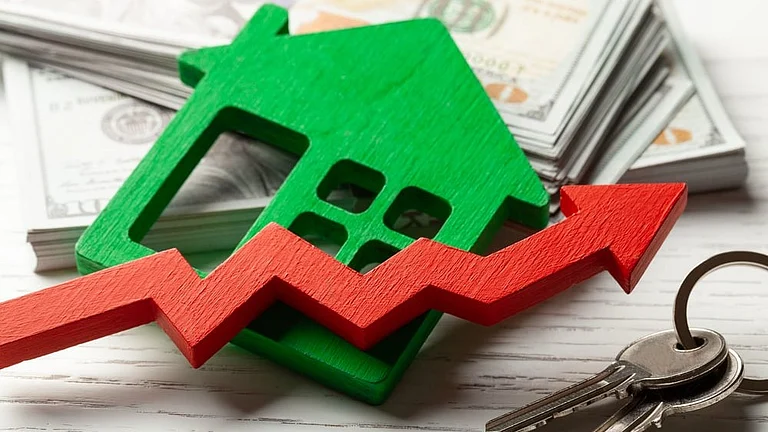Cash has always been expensive. In October 2016, we estimated that the cost of cash transactions to the GDP stood at 1.7 per cent of the gross domestic product (GDP). To put that figure in perspective, the central government’s capital expenditure in 2016-17 was at 1.6 per cent of GDP.
Demonetisation has led to a temporary spike in the cost of cash and has also critically made consumers and businesses recognise and become aware of this cost unlike ever before. The move is making Indians realise the benefits of digital payments and merchants realise the value of accepting these payments. This heightened awareness is perhaps the biggest boost towards a less-cash India.
Several articles in recent times highlight the structural inadequacies such as mobile network quality, mobile and debit card penetration, etc. that impede the less cash agenda. While being cognizant of these, we should realise the magnitude of this opportunity. It is estimated that only about 12 per cent of personal consumption expenditure were conducted without cash in India. Brazil, China and South Korea are at 54 per cent, 31 per cent, and 54 per cent respectively. We may not reach these numbers overnight but the room for growth is obvious. Today, the success of India’s less-cash journey needs two key ingredients: increased consumer awareness and a larger acceptance network.
A long sustained consumer awareness campaigns is the first ingredient. There are 750 million plus debit cards in the country, but less than half are used for ATM withdrawals, with an even smaller number being used for direct purchases. There is an urgent need to educate consumers on how they can use their cards in a safe and secure manner. A concentrated effort is underway by the government, banks and the card networks towards raising the awareness about the ease of using debit cards and other electronic instruments and the many benefits that they bring to the consumers.
So consumers are aware, but where do they use their debit cards? India today has a low card acceptance network of 14 lakh, which translates to about 700 per million people. By comparison, Brazil had 32,995 terminals per million people and China and Russia had around 4,000 terminals per million people.
Banks are already seeing an accelerated demand of traditional POS terminals and mobile POS terminals, and the recent government measure to waive import duty on these till March 31, 2017 will help. However, it is not enough; we have multitude of merchants, both formal and informal, and they need low cost acceptance.
mVisa is one such service that allows consumers to use their mobile phones to make cashless purchases, pay bills and send money to friends and family members. Users securely link their Visa debit, credit or prepaid account to the mVisa application and make purchases by scanning an mVisa Quick Response (QR) code at a retailer and then by initiating a transfer of funds from their account to the retailer’s account. The QR code can simply be printed on a piece of paper, allowing rapid increase in the acceptance of electronic payments where payment terminals are scarce or cost prohibitive.
To summarise it, the country is at an inflection point in its payment digitisation journey. Innovations in form factors, technology, and measures like the Bharat Bill Payment System, Payments and Small Finance Banks are all building blocks of a lesscash society. Together, all of these will accelerate and enhance India’s cashless journey.
In numbers- Worldwide personal consumption expenditure conducted without cash:
- Brazil- 54%
- China- 31%
- South Korea- 54%
- India- 12%
T R Ramachandran is Group Country Manager—India and South Asia, Visa


























